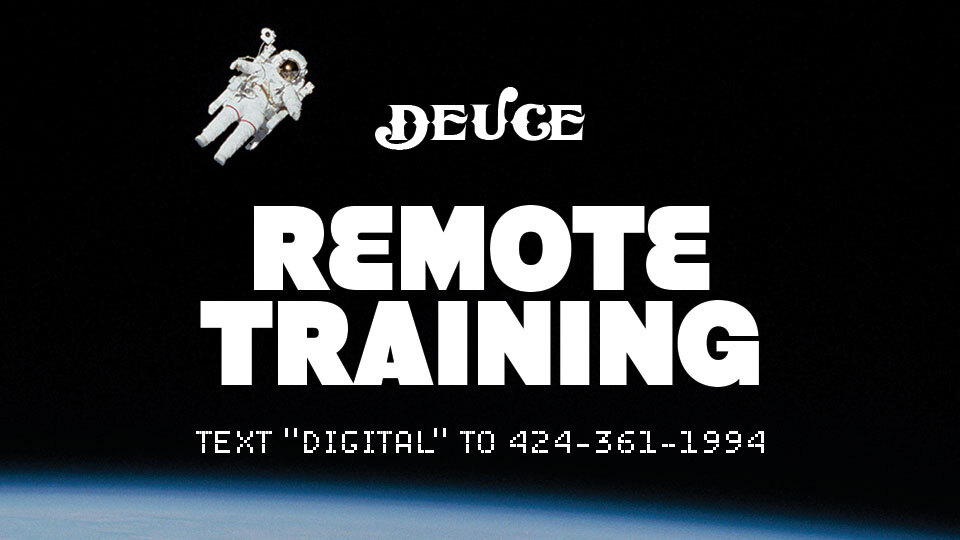
Just as I sat down to craft this blog at the local Groundwork Coffee shop on Rose, my great friend Clark Vautier walked into the shop. Though Clark and I visit with each other very infrequently and we differ in age quite a bit, we’ve connected quite deeply on a few things between the ears.
We often fall directly into deep conversations on business, coaching, and organizational leadership and yesterday was no different. Before I knew it, Clark was drawing up a basic diagram on a napkin that I think does a great job at narrowing focus and prioritizing tasks whether you’re a business person or not.
He called it the “Impact/Ease Chart.” On one axis running north and south you’ve got “ease.” Higher on the axis is easy stuff to accomplish and lower on the axis, of course, is harder stuff to accomplish. The horizontal axis measures the level of “impact.” From left to right, things go from low impact to high impact activities.
If you make a list of all of your daily tasks like work tasks, for example, you can begin plotting them on this “Impact/ Ease Chart.” Once your duties are plotted on this relative chart, you can begin looking at each quadrant. The top left represents easy things with low impact. The top right represents relatively easy tasks with high impact, while the bottom left has tasks that are both lacking ease and impact. The bottom right quadrant is full of tasks that have high impact but are quite difficult.
As humans, we tend to see think all of our tasks are weighted equally, when in reality that’s not true at all. This exercise can begin to put weight and priority on certain tasks to help you direct your focus and maximize your efficiency. After all, is refilling the copy machine at work worth the same amount of time and effort as forecasting the future of your firm?
I think not.
As a leader, which duties should take the bulk of your focus? Duties with high levels of ease and high impact are any efficient leader’s bulls eye where duties in the high ease, low impact sector should be delegated, for example.
Regardless as to what you’re doing, I encourage you to try this exercise. Remember, not all tasks are created equal!
Logan Gelbrich
@functionalcoach
PS – Pro Tip: Clark says that once you’ve established your target High Ease/High Impact quadrant, it too can be divided again into four quadrants. Further refinement of this concept is endless!
8/29/14 WOD
Find a heavy triple in the Log Viper Press
10-9-8-7-6-5-4-3-2-1
OH Walking Lunge (45/25)
Strict Pull Ups
Box Jumps (24/20)


